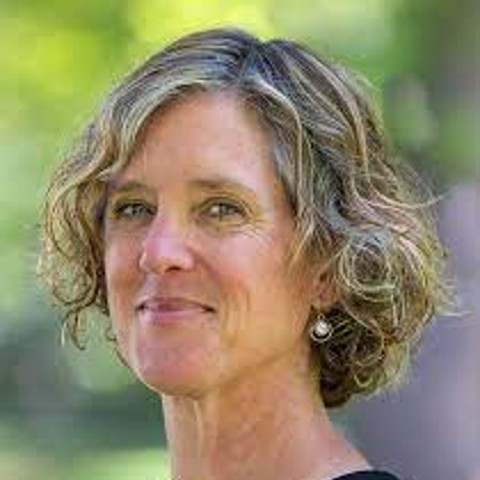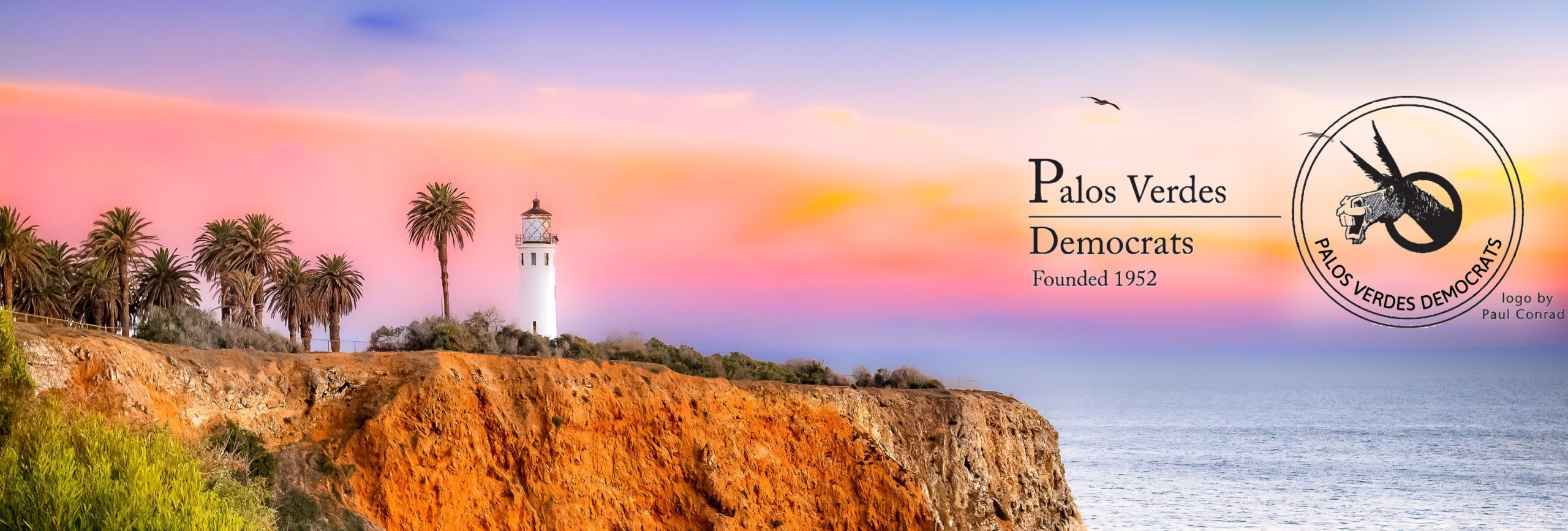
By Fraser Perkins —
The Palos Verdes Democrats met in person and remotely on Sunday May 15, 2022. Speaking remotely on the meeting’s theme, Accelerating Conservation, was our featured speaker Dr. Jennifer Norris, Deputy Secretary for Biodiversity and Habitat at the California Natural Resources Agency.
Dr. Norris presented an in-depth look at California’s 30×30 Program, a commitment to conserve 30% of lands and 30% of coastal waters by 2030. The goal is to deploy nature to combat Climate Change by storing more carbon and building environmental resiliency. California is the first state to make this commitment and is part of an international effort. To date we have conserved 24% of our land and 16% of our coastal water. Dr. Norris opened her talk saying she “is the first ever Deputy Secretary of Biodiversity and Habitat, which is kind of a cool title, you have to admit.”
Note: the times refer to the time location in the video below.
03:46 Input and Engagement – regional workshops, online questionnaires, tribal consultations, 4000 individual presentations. For all their publications, webinars, map tools and final Pathways to 30×30 document, Dr. Norris recommends visiting their website: californianature.ca.gov
05:12 Conservation Framework – protecting and restoring biodiversity, expanding access to nature, mitigation of Climate Change.
05:54 Core Commitments – a holistic approach – advance justice, equity, and inclusion; strengthen tribal partnerships; protect prosperity, clean energy resources and food supplies.
06:21 “What does it mean to conserve?” To be a 30×30 area a resource must be highly protected and largely in its natural state.
06:59 Categories of Land Conservation – dedicated conservation areas, recreational and open land, working land with some grazing or forest harvesting, watersheds. “We’ve already conserved 24% of our lands.”
08:14 Conservation of Coastal Water – marine protected areas; opportunity for collaboration with the federal government in establishing national marine sanctuaries. “At coastal waters, we’re at 16%.”
09:14 10 Pathways to 30×30 – The biggest pathway is to accelerate regionally led conservation projects such as strategic land acquisitions and increasing voluntary conservation easements. Other pathways include mitigation, restoration, and intergovernmental coordination.
11:06 CA Nature GIS Tool – a mapping tool which helps identify critical areas for future protection. “This is super cool if you’re a map nerd…. and allows us to track our progress.”
12:45 The 30×30 Program relies on regional and tribal partnerships, the California Department of Natural Resources and conservation networks.
14:14 Key appendices in the Pathways to 30×30 document:
- Appendix A: Regional Insights
- Appendix B: Near-term Implementation Priorities
- Appendix C: California Biodiversity Council
- Appendix D: Conserving California: Advancing Science
- Appendix E: Ocean Protection Council
- Appendix F: Existing Conservation Plans
15:20 2022 – 2023 Budget – $768 M
- $375 M – accelerating implementation
- $231 M – supporting regional action
- $52 M – youth climate leadership
- $100 M – tribal partnership
- $10 M – additional strategic investments
This is in addition to existing commitment of $600 M for coastal resiliency, $645 M for habitat restoration, and $105 M for wildlife crossings. “The takeaway,” says Dr. Norris, “is that we are well over $2 billion invested in conservation under this governor.”
Q&A and Comments
17:30 What are the top three water conservation things we can do and what are our options to get more water to California? Dr Norris said her counterpart, Nancy Vogel, who is deputy secretary for all things water and has recently released a drought package report. She says, “Everyone should be conserving as much water as possible.”
19:35 What about conservation of animals? Biodiversity includes animals in the 30×30 plan.
21:45 Is tilling bad in farming and what do you think about the rewilding approach? “Love the rewilding.” Wildlife crossings are part of the rewilding. Dr. Norris said as they were writing their 30×30 document, her colleague, Amanda Hanson, wrote Our Natural and Working Lands Climate Smart Strategy document about land management options to conserve our land. This document is also on their website.
24:07 Who determines how much of the California state budget you get? It’s a negotiation with the legislature after the Governor’s budget proposal comes out in May. “The budget is really where peoples’ values get expressed.”
25:48 Crystal Geyser commercial bottling enterprise on Hwy 395 just south of Lone Pine. Two original plants have no limits and a recently opened third plant has a limit of 200,000 gallons/ day. All three plants draw on the aquifer which is dropping. Why is Crystal Geyser getting a free pass? Dr. Norris says you need to tell your legislature and she will pass it on. She says, “Don’t buy bottled water; just don’t…. You’re putting fresh water into bottles made from oil and driving them all over the planet.”
27:29 In the chat, someone mentioned the documentary, Kiss the Ground. “That’s a great documentary and we’ve talked to some of those folks.”
27:43 The final question was from Doug Bender, who was the one who recommended we invite Dr. Norris to our meeting. Doug asked three questions.
- When you’re talking about restoring, what year would you like to restore to? No specific date, but just to make the lands functional.
- How tied in are you to the global half-earth society and their mapping? A great inspiration, but we need to get everyone talking about 30×30.
- How do you do cost trades? “Ideally, we don’t have to make those trade-off decisions, a lot of conservation is opportunistic.”

She did a great job and your description/summary is on point.
Thanks.
What a great presentation! Really impressive. And thanks for the detailed notes.